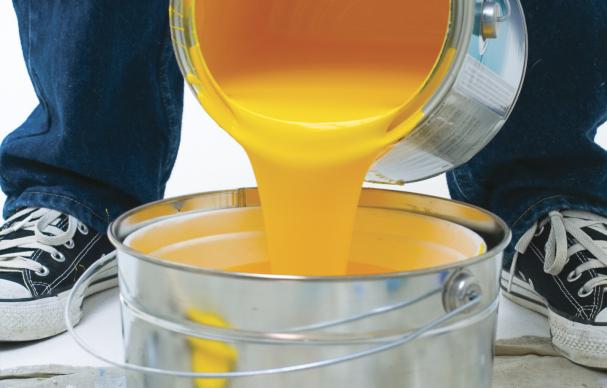Whether you are painting your walls the perfect shade of white or going for a rich, deep shade of purple; it is essential to ensure that you achieve the perfect paint coverage. There is nothing worse than painting a room to completion and finding that there are white spots, blotchy patches, and uneven portions because the paint coverage was subpar. Don’t get to the end of your project to find that it’s nothing like you thought it would be. Follow these steps the next time you paint a room for the ultimate coverage.
Consider Simple Math
When dealing with most home improvement projects, a small amount of math is going to be required. Painting your wall for full coverage requires a small amount of math to ensure you have enough paint for the entire wall. Firstly, find the square footage of each wall in the room by multiplying the height by the width. Essentially 350 square feet of wall space can be covered by a gallon of paint in single coat of paint.
Consider the Windows
When you are calculating the space in a room, calculate the space of your windows and doors. Measure the square space of the windows and doors and subtract that measurement from the overall measurement of the wall space of the entire room.

The Material of the Walls
If the materials of the walls that you are painting are made of a material that is more absorbent, you may need to use extra coats of paint. If the material of the wall is textured, again, you may need a few extra coats to get into the crevices of the wall. When you are purchasing the paint for your rooms in your space, ensure that you are making note of the material that you are painting on.
Painting the Trim
To ensure that you have enough paint to account for your trim, measure the length of the trim and multiply it by 1/2 a foot. Subtract that number from the total square feet if you don’t want to paint the trim and add the number to the total if you do want to paint the trim with the rest of the room.
Primer is Key
In some instances, primer is necessary before you start layering on the paint. If the wall material is porous, a primer is necessary. The primer will help the paint stick. Without the primer, you may need more coats of paint and you may be left with a blotchy finish.




